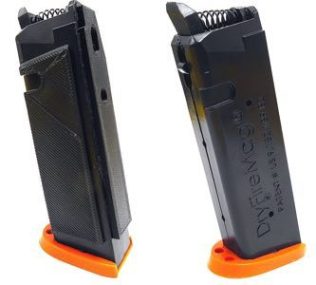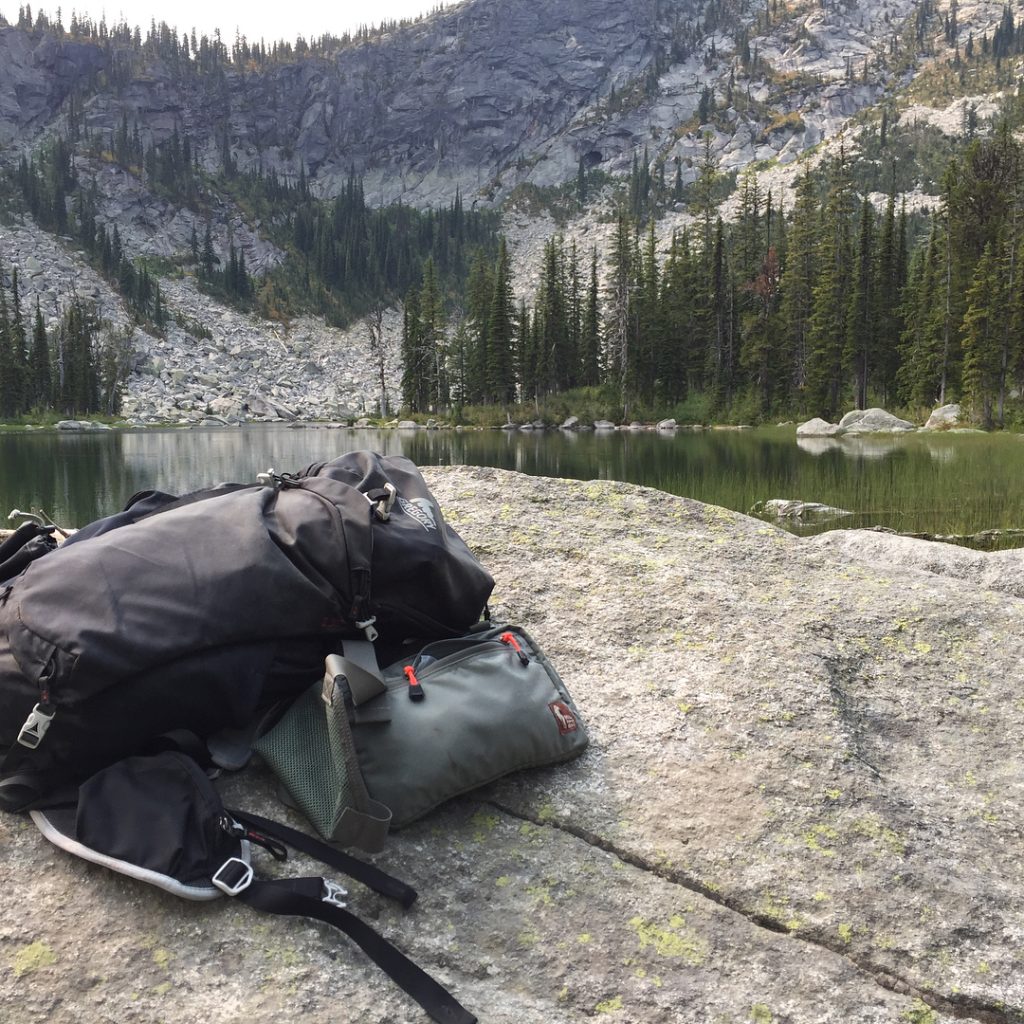Today’s guest post is penned by Bill Rapier of American Tactical Shooting Instruction LLC (AMTAC Shooting). Bill is “retired after twenty years in the Navy, where his duty assignments included several years at SEAL Team 3 and over 14 years at Naval Special Warfare Development Group. Positions held include assaulter, breacher, sniper, team leader, troop chief and military working dog department senior enlisted adviser. He has always been an avid shooter and is heavily involved in combatives.” Now he is lead instructor at AMTAC Shooting and designer of the AMTAC Blades Northman.

For the last two years I have done the Sniper Adventure Challenge Race. It has been a great way for me to have a goal to train for and to keep pushing the boundaries with training, fitness, shooting and gear. New for this year, one of my local friends (Jake Hoback) and another local buddy were going to team up and do the race. This was great for me as it gave me other dedicated training partners.
Eventually one of the guys had to drop out so I started trying to find my buddy Jake a partner for the race. As I started going down the rolodex of guys to call as potential race partners for him the conversation would usually go something like this: “So, are you up for doing a race next month? You need to be prepared to walk 40-50 miles, carry a 40-50lbs ruck, shoot out to 1500 yards, be proficient with pistol, navigate with map and compass (no GPS) and be prepared to perform a wide variety of other tasks.”
Usually what followed was a long pause, a “maybe”, a “next year” or a “no” with laughing. As I was talking with my friend and race teammate “Chainsaw” about my frustration with the lack of guys that have the willingness, ability, time, and resources to do the race he said, “Yeah, that is modern minute man stuff”. That got me thinking.
The term “minute man” comes from the time just prior to the American revolution. Basically, the minute man was someone skilled at arms with a base of physical/ martial prowess, able to be “ready to go” in a minute. This is what the National Parks Service has to say about the minute man:
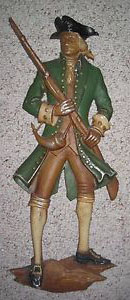
Minute men were different from the militia in the following ways:
- While service in the militia was required by law, minute men were volunteers.
- The minute men trained far more frequently than the militia. Two or three times per week was common. Because of this serious commitment of time, they were paid. One shilling per drill was average. Militia only trained once every few months (on average) and were paid only if they were called out beyond their town, or formed part of an expedition.
- Minute men were expected to keep their arms and equipment with them at all times, and in the event of an alarm, be ready to march at a minute’s warning – hence they were called “minute men.”
What does a “modern minute man” look like? What would the standard be? Should all American men be able to to meet the “modern minute man” standard or are there different levels, standards or roles that we are called to fill?
As I started digging deeper with this concept and discussing it with friends and mentors, it started to make sense that it should be broken up in to different levels with the “modern minute man” just being one of them. Here is a breakdown of the different levels and the standards that should be associated with them:
Responsible Armed Citizen (RAC)
This is the baseline that every American man should be at. The RAC standard is:
- A high level of situational awareness
- A foundational ability to fight/ use a blade,
- A baseline level of competency with a pistol (perform the Amtac Shooting Pistol RMD or similar task)
- A commitment to carry your tools.

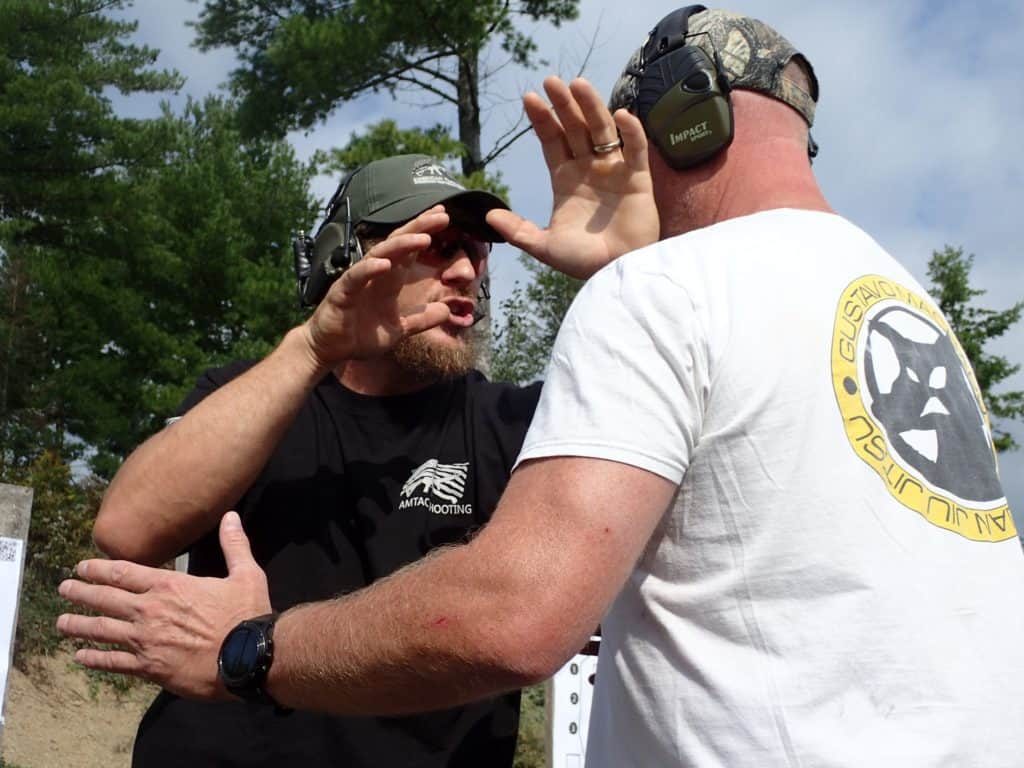

Follow Me (FM) :
Still working on a better name for this as the infantry has been using this term for a long time.
- Be proficient with a carbine (Amtac Shooting Carbine RMD or KD4 Carbine hat qual)
- Have the ability to follow someone, walking for 6 miles while carrying your carbine, 6 mags and water (10-15 lbs)
- Be physically in shape enough to run your carbine after the walk

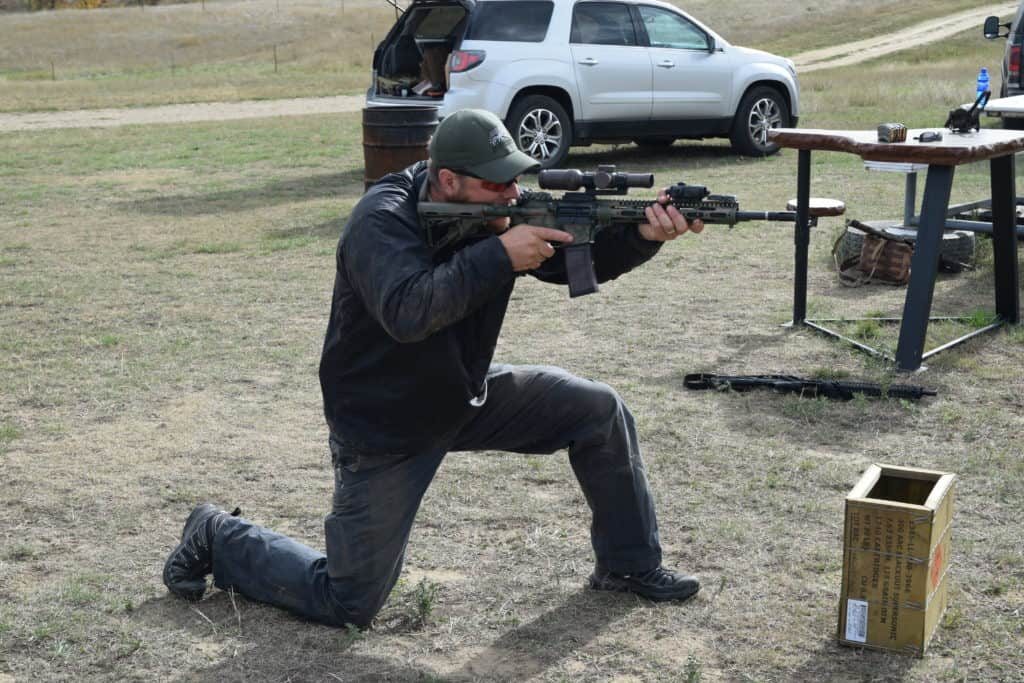

Modern Minute Man (MMM):
- Be able to navigate 20 miles while carrying a 25-30lbs load
- Have a base level of bushcrafting skills
- Have a base (line of sight) comms ability
- Be able to shoot out to 600-700 yards.

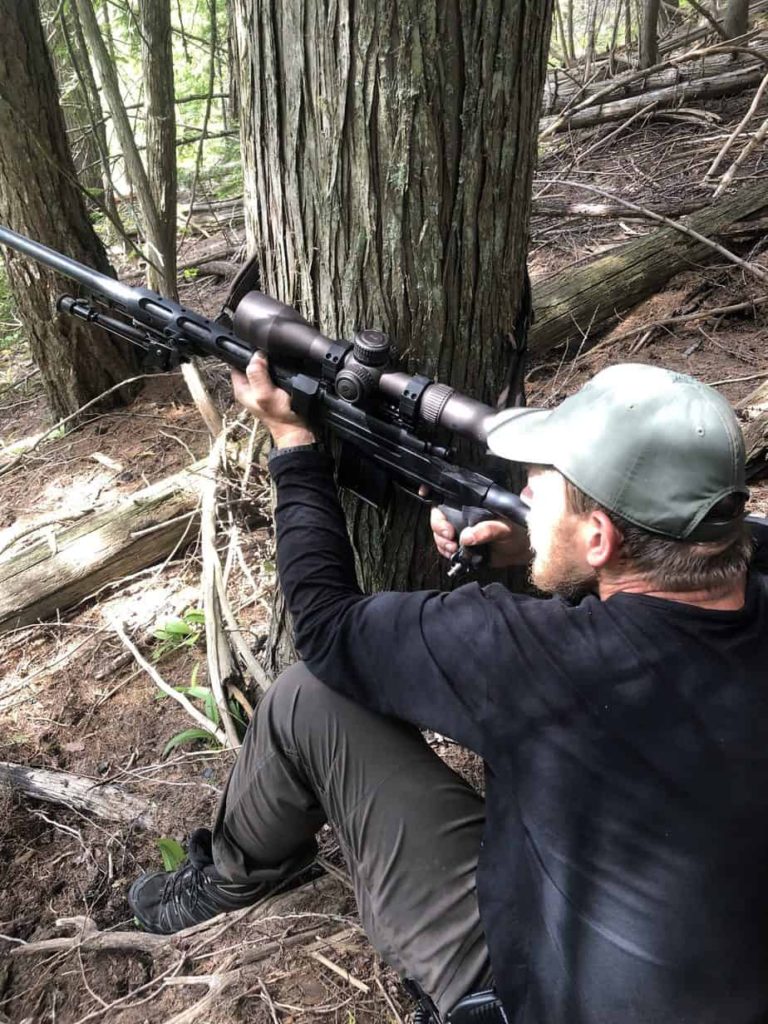
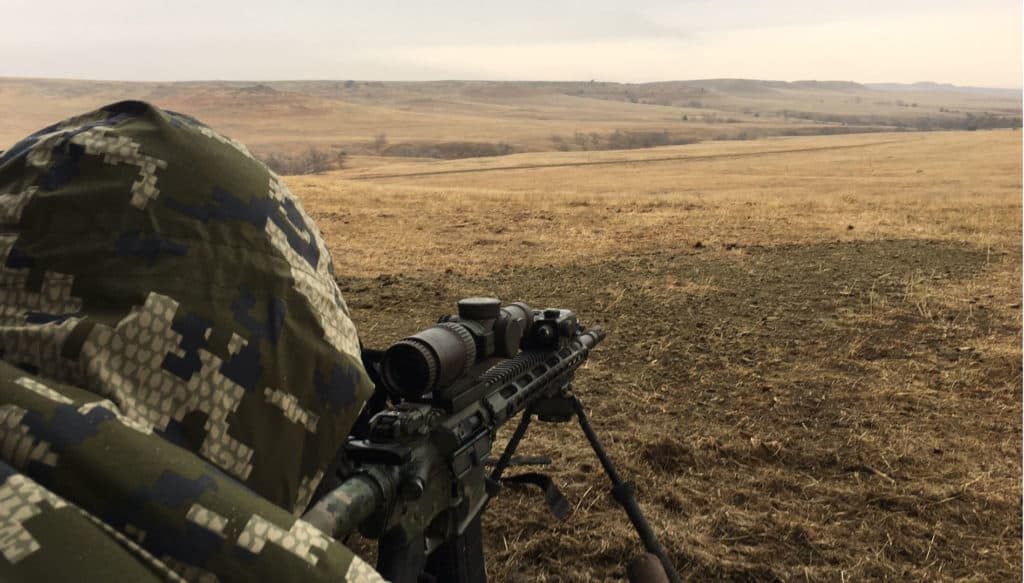
Jedi Modern Minute Man (JMMM):
- Be able to navigate/ walk 40-60 miles
- Carry 40-60lbs
- Shoot out past a mile
- Make your own ammunition
- HF comms ability
- Ability to work/ travel/ live in the winter in the mountains



Where do you fall out in these standards? Where do you want to fall out? None of these standards are easy and none of the standards once achieved do not require continued training to maintain. Regardless of if you are just starting this journey and want to achieve the RAC standard or if you have been doing this for years and have your sights set on the JMMM standard the only way you will get there is by deliberate intensive training. More to follow on training and gear as it relates to the MMM concept.


